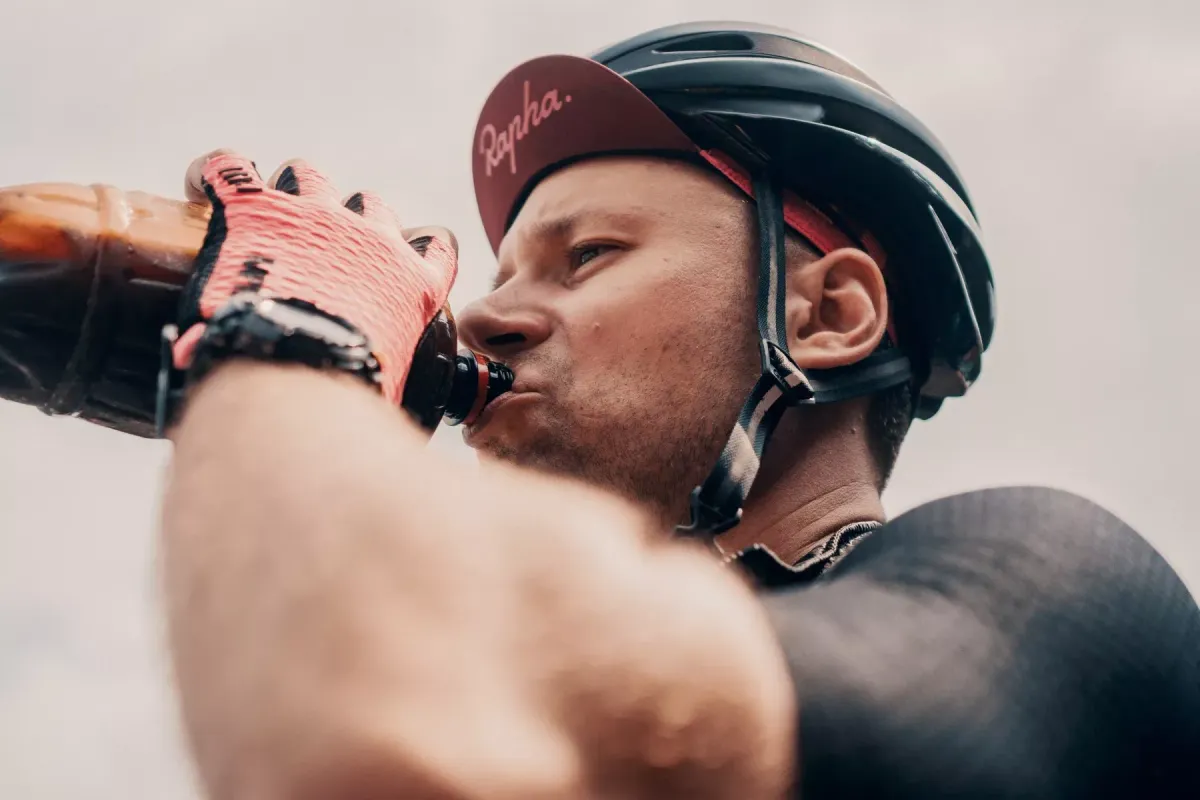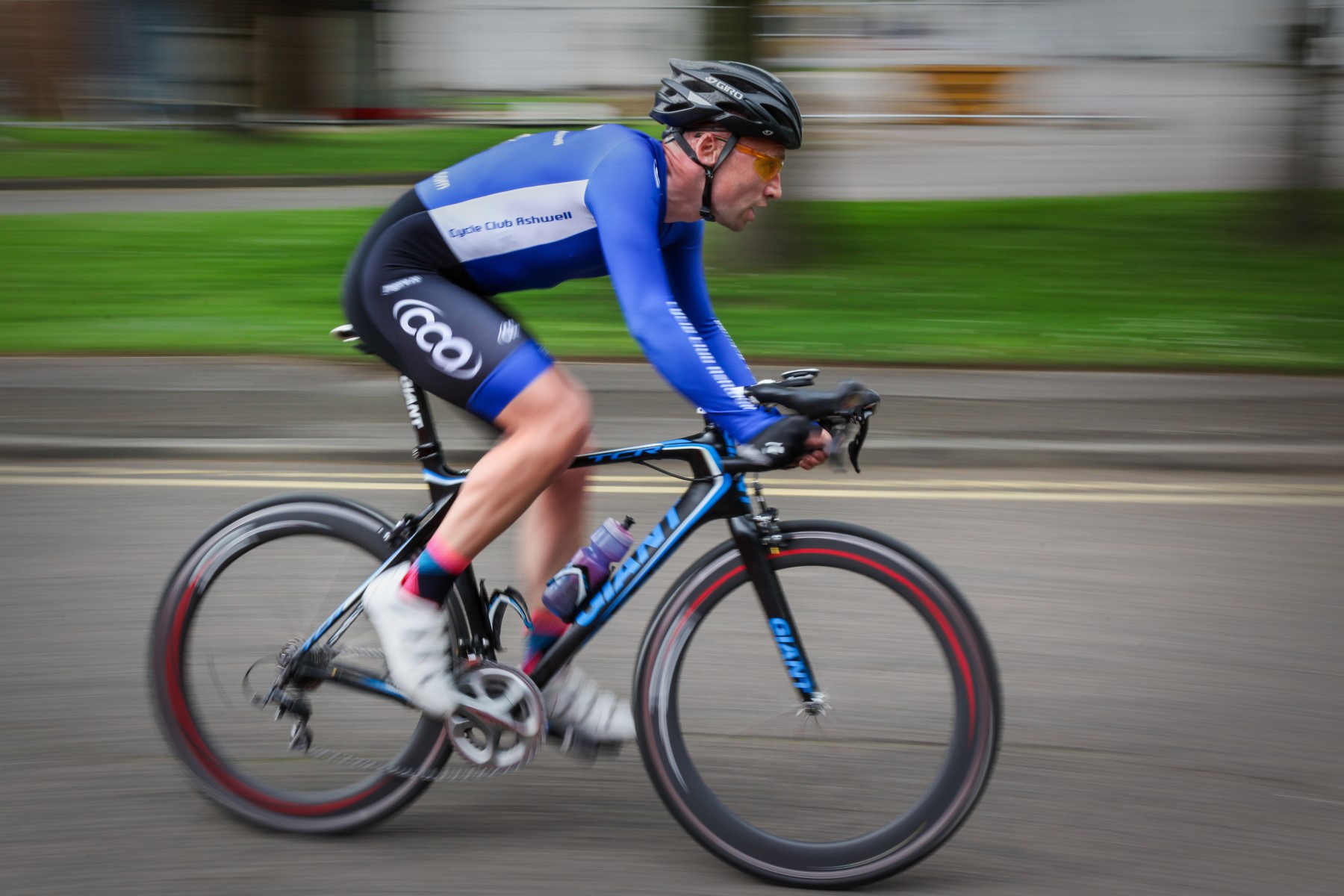How to Make Your Own Energy Drink Mix for Cycling - A Cost-Effective and Customizable Option

When you’re heading out for a ride, race or other cycling event it’s easy to grab a couple bars or gels and head out the door. They’re convenient and packaged for easy consumption while riding. They’re also expensive, create trash and can be a real gut buster to digest.
Many cyclists prefer to get their carbohydrates in the form of a beverage these days. While, there are a number of sports drink mixes and prepared beverage products on the market, they tend to be quite expensive.
Many cyclists, thus, choose to make their own energy drink mix from scratch. It cuts out the trash and much of the expense, allows you to more easily dose the mix for your ride and lets the rider customize the details like flavor and inclusion of electrolytes.
Sports Drink Basics
Instead of just throwing out a recipe, I think it’s important to first understand what goes into a good energy drink and why each ingredient is included.
There are four basic building blocks in an energy drink.
- Water
- Carbohydrate
- Salt (sodium)
- Acidity
Water is obvious, I hope, as you sweat and breathe you lose water. You need to replace the water you lose to live.
Second up, is the carbohydrate. As covered previously, carbohydrates are the key to performance on the bike. When we talk carbohydrates on the bike, we’re talking about some combination of glucose, fructose, sucrose or maltodextrin.
What Is Maltodextrin?
Maltodextrin is a polysaccharide that is commonly used as a food additive. It is produced from starch by partial hydrolysis and is usually found as a white hygroscopic spray-dried powder. Maltodextrin is easily digestible, being absorbed as rapidly as glucose and may be either moderately sweet or almost flavorless (depending on the degree of polymerisation). It is commonly used for the production of soft drinks and candy. It can also be found as an ingredient in a variety of other processed foods.
What’s that mean? In basic terms, maltodextrin is a chain of individual glucose units joined together and it has essentially no flavor or sweetness.
Most energy drinks on the market theses days use a combination of maltodextrin and fructose. The maltodextrin is chosen because it reduces the sweetness of the drink and fructose to take advantage of the separate absorption channel in the gut. By splitting the carbohydrate intake between glucose and fructose more carbohydrate can be absorbed from the gut simultaneously as two different channels of absorption are utilized, thus neither becomes saturated. This mix of carbohydrate sources allows intakes of greater than 60-grams an hour to be absorbed.

The third ingredient is sodium, commonly referred to as salt. You might be thinking salt is included to prevent cramps and increase performance on the bike, but despite this popular belief, there’s really no evidence to back it. To replace the sodium content lost in sweat during a long ride, you’d have a beverage with such high sodium content that it would be undrinkable, in-fact such high concentrations of salt is a classic way to induce vomiting. Not our goal here. Maintaining healthy sodium levels is more about long-term diet and maintenance.
Instead, salt is used to reduce the sweetness of the carbohydrate, to increase the rate of absorption from the gut and to increase fluid retention in the blood.
Finally, we add a source of acidity. Typically this is in the form of citric acid, though you can also use lemon or lime. This provides that tangy flavor of energy drinks.
How Much of Each Sports Drink Ingredient do You Need
Now we get to brass tacks. How much of each ingredient do you need to put together an energy drink that will get you through your ride?
The answer is, it depends. The amount of carbohydrate you need to consume during your ride depends on how long you’re going to be riding.

Typical energy drinks come in a concentration of around 6% carbohydrate (6-grams per 100ml of fluid). Research has shown that mixtures as concentrated as 9% don’t reduce the rate of stomach emptying if combinations of glucose and fructose are used. If you look at studies which look at performance, as opposed to a lab measure like stomach emptying, concentrations as high as 12% show no decline in performance compared to lower concentrations.
So, find what tastes right, feels right (texture and thickness), and which provides the amount of carbohydrates you need for your ride.
Homemade Sports Drink Ingredients
Pulling together your ingredients in bulk cuts costs and reduces waste, here are some of the best sources I’ve found for everything:
- Maltodextrin – 8-pounds of pure maltodextrin for about $25. Bodybuilders use it for adding weight quick, we’ll use it a little slower.
- White sugar/table sugar – I buy 25-pound bags from Kroger for $14, most of it goes to my bees, but it’s dirt cheap.
- Table salt
- Citric Acid – 5-pound bag for $14, this will last a very long time.
- NUUN tablets – These are optional, instead of salt you can drop in a tablet or two and get some salt, calcium, magnesium, caffeine and some tasty flavor.
Homemade Energy Drink Recipe
Here’s the basic recipe I use when riding, racing or completing an endurance event. Recipe one is for rides that are 3 hours or less (60g/hour or less), recipe two is for longer rides (90g/hour). Again, those carbohydrate intake recommendations are outlined here.
Maltodextrin Energy Drink Recipe for 3-Hour or Shorter Cycling Events
For rides under 3-hours, we need to replace 30-60-grams of carbohydrate per hour. I use 25-ounce (~700ml) water bottles, per bottle:
- 1/2 cup of maltodextrin powder
- 1/4 teaspoon salt or 1 & 1/2 NUUN tablets
- 1/4 teaspoon citric acid (more or less to taste) or lemon or lime juice to taste
- Top off with ~700ml water
This mixture provides 60-grams of carbohydrate per 700ml bottle. If you’re doing a one to two hour ride and only need 30-grams of carb per hour you can get away with one bottle or you can make two half-strength bottles (a good option for hot days).
Maltodextrin Energy Drink Recipe for Cycling Events Exceeding 3-Hours
For rides beyond 3-hours in length, we need to be replacing 90-grams of carbohydrate per hour. Per 25-ounce (~700ml) water bottle:
- 1/4 cup + 2 tablespoons of maltodextrin powder
- 3 & 1/2 tablespoons of table sugar
- 1/4 teaspoon salt or 1 & 1/2 NUUN tablets
- 1/4 teaspoon citric acid (more or less to taste) or lemon or lime juice to taste
- Top off with ~700ml water
This mixture ups the concentration to provide 90-grams of carbohydrate per 700ml bottle. It also account for your bodies ability to absorb that much carbohydrate by providing a 2:1 glucose:fructose ratio.
Other Flavoring Ideas
If you’re struggling with flavor, try replacing the water portion with tea, watered down tea, or coconut water. You can also try adding flavoring through the use of freeze dried powdered fruit or berry powder.





